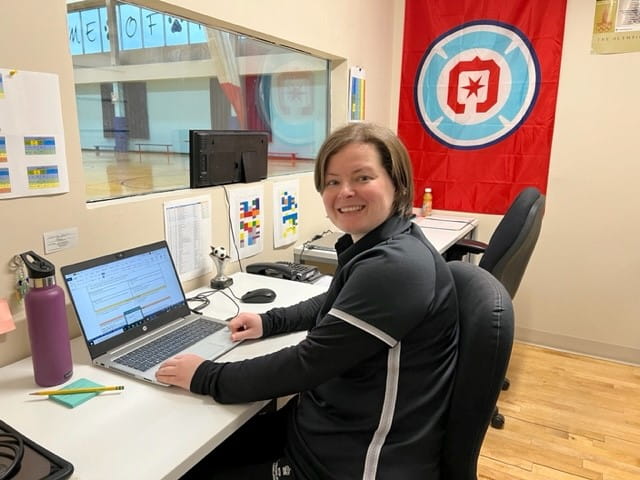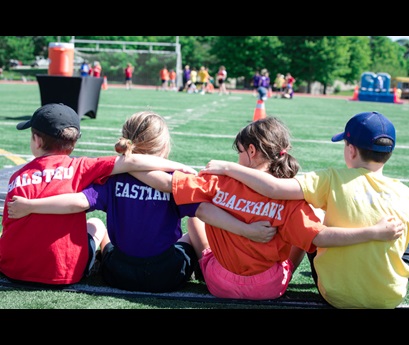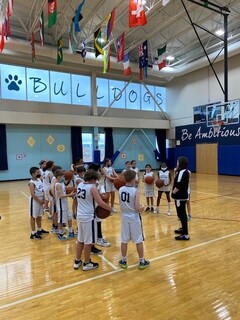We use cookies to improve your online experiences. To learn more and choose your cookies options, please refer to our cookie policy.

As you can imagine, the energy levels in the Athletics Department hover at a high level throughout the year. However, there are two occasions when the energy reaches new levels. Sports Day is of course one of them. The other occurs in early spring when the BISC-LP Bulldogs compete in the CAMS Basketball League – six weeks of home and away games against other Chicago schools in, what will be for many, their first time in a high-stakes, competitive environment.
It is an intense and busy time for those children. They have their regular school days to consider and then an extra two hours at school, several times a week. This, added to the tension and pressure associated with competitive sports, can leave some a bit overwhelmed. And this brings me on to the crux of this blog; how should we manage competition and what does ‘healthy’ competition look like?

At BISC-LP, we believe that competition is an important aspect of life, whether it’s competing in sports, competing to win an award, competing with siblings, or competing in our careers. As hard as some may try, competition, to some extent, is unavoidable. It is important, therefore, to expose and guide children through a wide range of competitive situations.
In the Athletics Department, we recognize different levels of competition: low, medium, and high. A typical low-stakes competition might be a warm-up relay race to start a lesson or a challenge to see who can bounce a ball on a racket ten times in a row without dropping it. In these activities, it really doesn’t matter who wins. The element of competition is mainly to provide additional challenge, inform teacher assessment, and often to add extra fun. The emphasis is on engagement and trying your best. At a medium level, we increase the challenge and raise the stakes. This may take the form of an end-of-unit assessment such as a 3v3 mini-basketball game, an intra-squad practice game, or aiming for a gold on the high jump at Sports Day. These types of activity increase in frequency as the children get older. The emphasis is placed more heavily on achieving particular goals and on taking responsibility for personal performances. Finally, there are opportunities for high-stakes challenges in the form of inter-school competitions, of which the CAMS Basketball League is our main event. In these, while winning does matter, it is important to stress that it is not the main priority, but more on that in a bit. They are reserved for our older children, who at this stage in their development are better able to cope with the pressure, and they provide a foundation for the demands of sport at middle and high school.

So, if winning is not the priority, what is?
Well, don’t get me wrong, we would love the Bulldogs to win every game. If we didn’t, we wouldn’t start practices as early as September, we wouldn’t have such high expectations for the children’s engagement, and we wouldn’t invest in coaching, for not only the Bulldogs, but the younger children aspiring to be on the squad in the future. We may look calm on the outside, but Mr. Webb and I are internally willing the children to make every basket.
But… we recognize that competition needs to be healthy. For us, that means setting particular standards and sharing key messages with the students:
There are many other ways that competition can be taught in a healthy way, but these are the key messages we at BISC-LP share with the children, whether in a P.E. lesson, on the playground, or in a game. Competition is a valuable learning experience for children and should be something they enjoy doing, regardless of whether they win or lose.
Caroline Gordon
Physical Education Teacher and Primary Curriculum Director
Further reading: